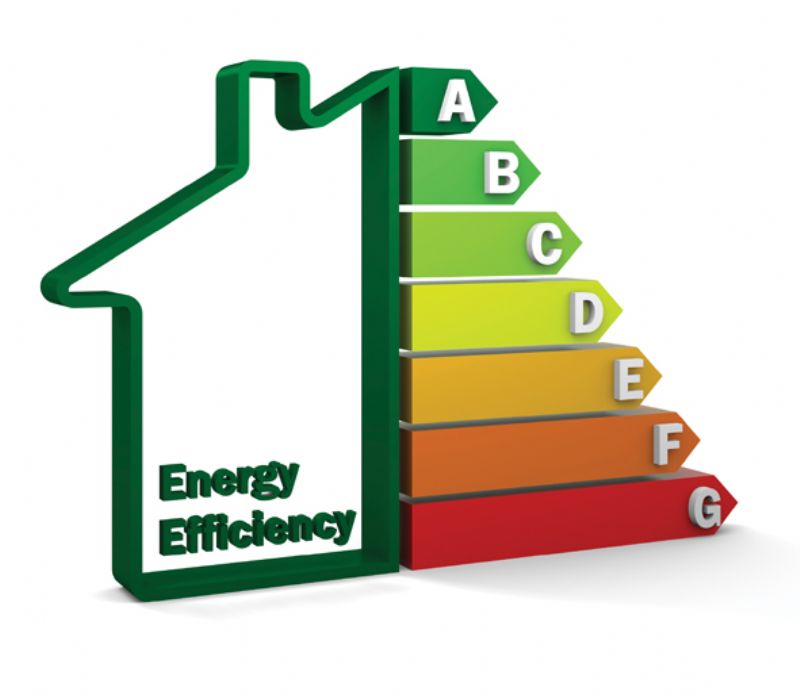How do you know which energy rating is the best? What do the ratings mean? In Canada, energy-efficient windows are rated based on their U-Factor, Solar Heat Gain Coefficient, and air leakage grading. Generally, the common rule of thumb is the higher the number of the energy rating, the higher the efficiency of the window.
You may also see a letter rating on the windows, which is the North American Fenestration Standard. This indicates which type of building a window is best for; R is for single-family residential buildings. LC is for low rise, CW is for mid-rise, and AW is for a high-rise.
For the Canadian rating system, there is a lot of technical information included. Therefore, you’ll want to make sure you do your research and look into it the best window that meets your needs.
We’ve made it easy to understand. Simply follow our the rating explanations below:
What is U-Factor?
U-Factor is always examined in energy ratings. It is the rate of heat transfer from the product’s warm area to a cold area. Usually, you want your window to transfer this heat slowly, so you’re not losing heat to the outdoor environment. The lower the U-factor number, the more energy-efficient your windows will be.
What is the Solar Heat Gain Coefficient?
This ratio describes how much of the sun’s heat passes through a window, warming up the interior behind the window. The higher the number, the more solar heat the window provides. In a passive home, you would want a high solar heat gain coefficient to help the home stay warm in the winter.
Air Leakage
This factor is more straightforward. Air Leakage measures how much air leaks out of a window. For obvious reasons, you don’t want air to leak through your window, as it lets your heat (or air conditioning) escape into the environment. If your windows have high air leakage, it’s time to get them replaced.
What is R-value?
The R-value factor is not a concern under the energy rating, but it’s often used as an indication of energy efficiency in windows for industry experts. It measures how much resistance there is to heat transfer in the glass, or the amount of heat retained by the window. The higher the number the better the glass, indicating high heat has trouble passing through the window.
What is the difference between Argon and Krypton gas?
Energy efficient windows are filled with either argon or krypton, both are non-toxic gases to help insulate the panes. While argon is the cheaper gas, krypton is a better insulator. Sometimes the gases are blended so the windows can meet specific energy standards, while still being easy on your wallet.
What are Low E-coatings?
These glazings are applied onto the glass to block additional heat transfer. The three most common choices are Low-E 180 (a standard application), Double Low-E (which provides better efficiency), and Low-E 366 (which is meant for windows with intense sun exposure).
What is the ENERGY STAR® Certification Program?
Administered by Natural Resources Canada, this certification is meant to help consumers identify products which are energy efficient. Every year, ENERGY STAR® gives out accolades to the products with the best energy efficiency.
Do you have more questions? We can answer all your inquiries about energy efficient windows – from glazing, ratings, and different window types to fit your home’s needs. Contact us today for a FREE quote!


